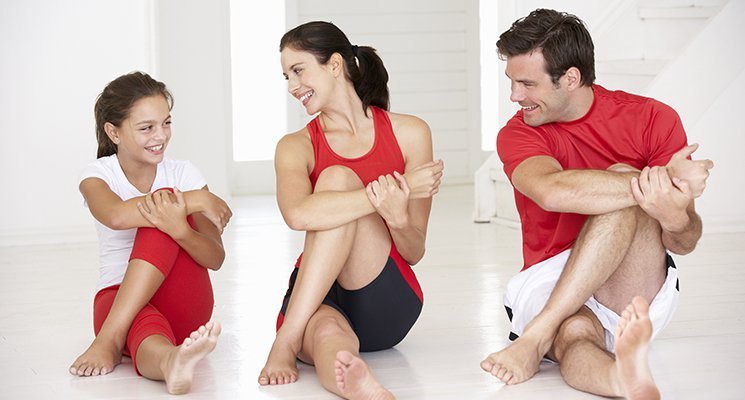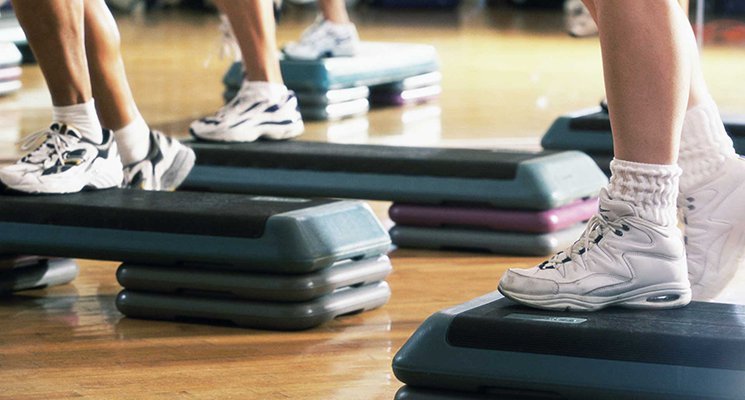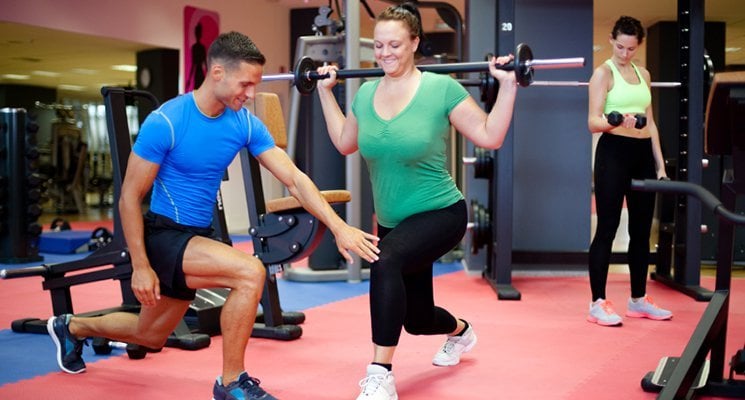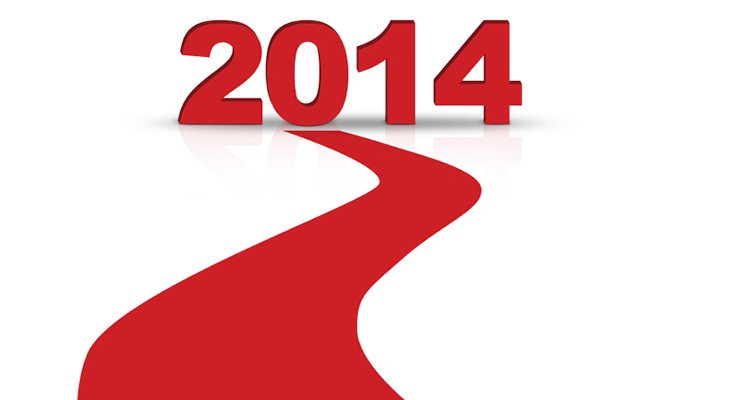When you think of exercise classes for the 8- to 13-year-old set, you probably think “ballet” and “karate.” You probably leave instruction in those fields to the kinds of niche studios that have been catering to children’s physical activities for decades. But things are changing in the world of kids’ calisthenics. Classes are no longer limited to the traditional ballet and karate. Now, kids are engaging in workouts that have fueled adult fitness for a while; such as cycling, Zumba, and CrossFit. Those workouts are happening not at kids’ boutiques, but in health clubs, gyms, and fitness outlets that are used to serve an adult population almost exclusively. The New York Times recently published an article about the phenomenon (and you know something is becoming a trend if the New York Times is reporting on it). The article features several gyms of various sizes and orientations that have launched classes created for adults, which were then subsequently adapted to meet the needs of smaller, more energetic types. Exceed Physical Culture, in New York City, is one of them.
Since 2012, the gym has offered adult classes involving jump ropes, monkey bars, and kettlebells. Soon after opening, owner Catherine Rocco discovered that parents seeking after-school activities for their kids were bringing them in and expecting to sign up. Rocco and her co-owner responded to that demand by creating a class for ages 8 to 13. Very soon after, they found themselves offering five classes per week for children only, and another for families on the weekends. AKT in Motion is the second company that offers classes just for kids. Based in New York, the dance cardio studio launched a regular eight-week session for children this past spring. Capitalizing partly on shrinking physical education time at school and on those late-afternoon hours when gyms and similar venues tend to get quiet, companies like these are finding kids eager for physical outlets that are not necessarily team or competition focused.
They’re finding parents eager for activities that keep their children happy, busy, and physically fit. That last point is key: In an era when obesity among children and teens is at an all-time high, parents want to get kids hooked on exercise early. According to the Times article, many parents take that a step further by enrolling their kids in classes at a gym. Parents are trying to convey a sense that getting a membership at a place where you can work out regularly is simply a normal part of life.
This is good news for gyms, health clubs, fitness centers, and other alike. Children’s classes pull in no less revenue than adults’ classes! In fact, they create a whole new revenue stream because they engage a separate segment of the population. Also, they offer venues the chance to create loyalty among a clientele that might develop those early gym-going habits their parents are hoping for and then stick around for a long time. The upshot? If you haven’t yet opened your doors to young ones, it’s time to sit down and start strategizing about how you’re going to do so. Start small, like the way Exceed Physical Culture did: Launch just one class, but have a plan for expanding. Because chances are, you’ll need to do so pretty quickly.











